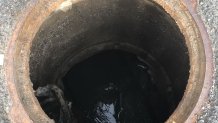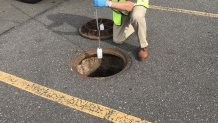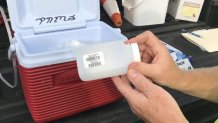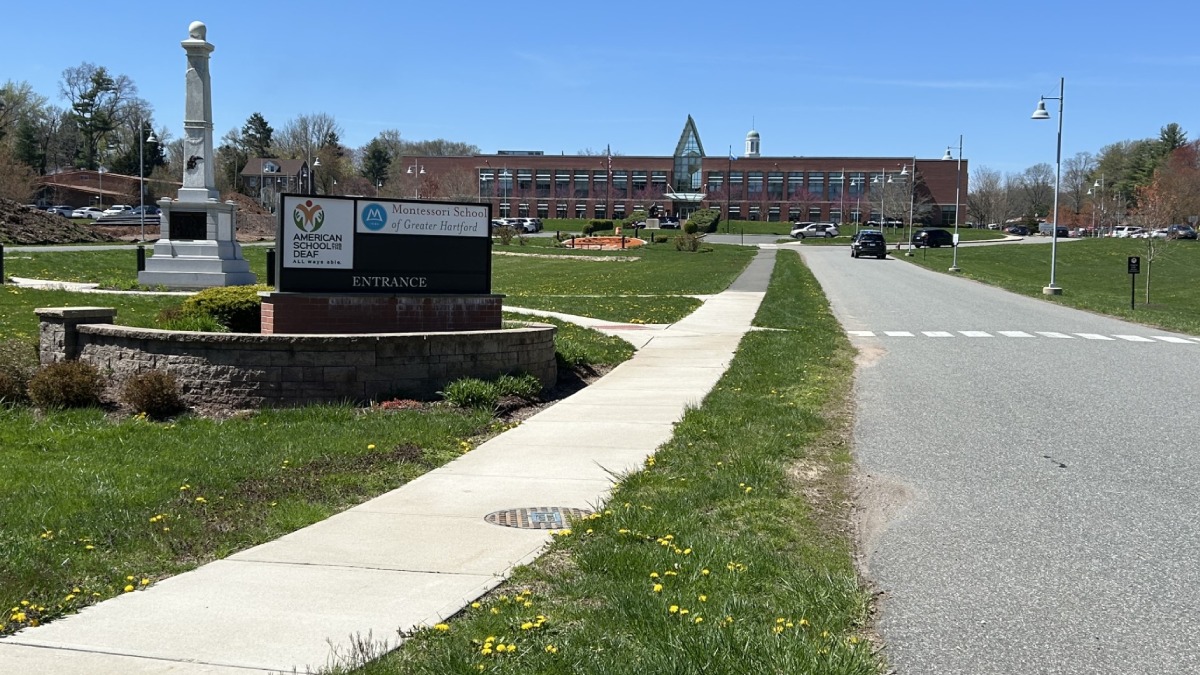The University of Hartford is utilizing a new way to trace COVID-19 cases and it involves the sewer system.
The college is testing wastewater which allows the university to get a general idea of where traces of COVID-19 come from. It also allows leaders to pinpoint where there could be potentially an outbreak of cases.

Every week, the college brings in an outside consultant to go below the surface to collect samples of wastewater from residential and academic buildings on campus. Those samples are sent off to determine if there are any traces of the virus coming from a specific area on campus.
"We are going to different manholes on campus and know exactly where the traces of COVID come from," said Chris Dupuis, assistant vice president of Capital Planning & Management at the University of Hartford. "We're set up here on our campus where it's relatively easy for us to isolate our wastewater from other wastewater."
Community testing is an added layer to the university's plan and is another critical part of the sewer system testing.

"This is a real nice supplement to better direct and guide us to find out which members of our community need to be tested," said Dupuis.
The university believes this new method of tracing COVID-19 allows them to stay ahead just in case there is an uptick in cases.

"Through testing and our active contact tracing, we've been able to really isolate where there are cases," said Dr. Jessica Nicklin, associate vice president for Student Success with the University of Hartford. "This is an indication to us that there's not a major spread around campus, so it's another resource or tool to see how we are doing."
Local
So far, the university hasn't had any staff members test positive for COVID-19 and they are focused on keeping infection rates low among students.



